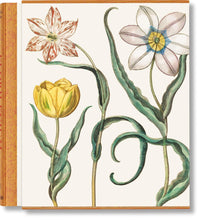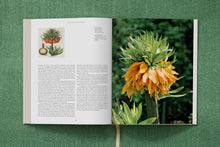
When Prince-Bishop Johann Konrad von Gemmingen renovated Willibaldsburg Castle in Eichstätt, Bavaria, he also created a magnificent pleasure garden, immortalized in the Hortus Eystettensis by Nuremberg apothecary Basilius Besler and a team of engravers. This facsimile edition, based on the copy at the University Library of Eichstätt-Ingolstadt, offers high-quality reproductions and detailed descriptions of each plant's significance, making this valuable botanical literature accessible to a wider audience.








